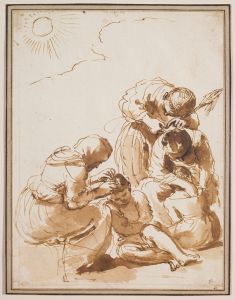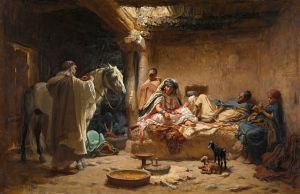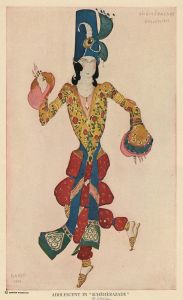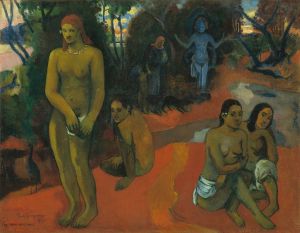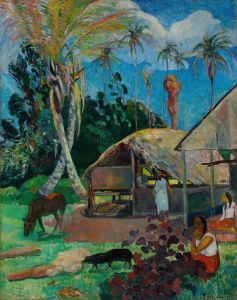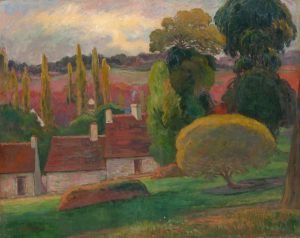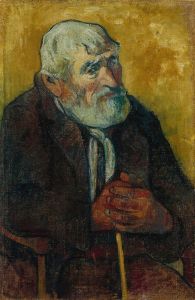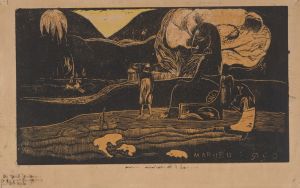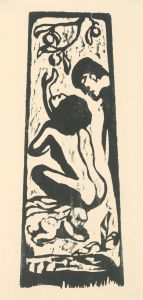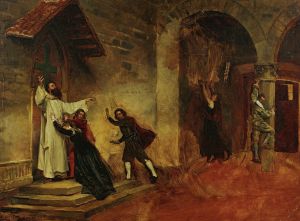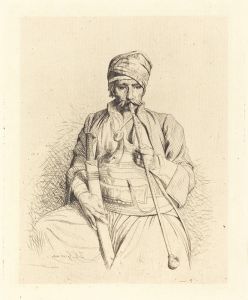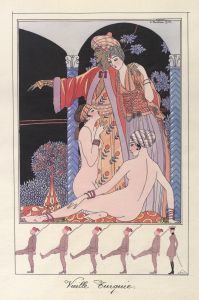
Figures in an Interior
A hand-painted replica of Paul Gauguin’s masterpiece Figures in an Interior, meticulously crafted by professional artists to capture the true essence of the original. Each piece is created with museum-quality canvas and rare mineral pigments, carefully painted by experienced artists with delicate brushstrokes and rich, layered colors to perfectly recreate the texture of the original artwork. Unlike machine-printed reproductions, this hand-painted version brings the painting to life, infused with the artist’s emotions and skill in every stroke. Whether for personal collection or home decoration, it instantly elevates the artistic atmosphere of any space.
"Figures in an Interior" is a painting by the French Post-Impressionist artist Paul Gauguin. Created in 1882, this work is an early example of Gauguin's exploration of domestic scenes and his evolving style that would later become more defined by his travels and experiences in Tahiti.
Paul Gauguin was born in Paris in 1848 and initially pursued a career in finance before dedicating himself fully to art in the late 1870s. He was associated with the Impressionist movement and exhibited with them in several of their exhibitions. However, Gauguin's style evolved significantly over the years, moving away from Impressionism towards a more symbolic and synthetist approach.
"Figures in an Interior" depicts a domestic scene, a common subject in Gauguin's early works. The painting shows a group of figures within an indoor setting, engaged in various activities. The composition reflects Gauguin's interest in capturing everyday life and the intimate moments of his subjects. The use of light and shadow, as well as the arrangement of the figures, demonstrates Gauguin's developing skill in creating depth and atmosphere within his paintings.
The color palette in "Figures in an Interior" is relatively subdued compared to Gauguin's later works, which are known for their bold and vibrant colors. This painting features more muted tones, with a focus on earthy colors and softer contrasts. This choice of colors and the overall composition suggest an influence from Gauguin's contemporaries and his early exposure to Impressionist techniques.
Gauguin's early works, including "Figures in an Interior," often reflect his interest in the human condition and the complexities of social interactions. This painting captures a moment of quiet interaction, providing a glimpse into the lives of the figures depicted. The attention to detail and the careful rendering of the interior space highlight Gauguin's observational skills and his ability to convey a sense of realism within his work.
As Gauguin's career progressed, he became increasingly disillusioned with European society and sought inspiration from more "primitive" cultures, leading him to travel to Tahiti and other parts of the South Pacific. His later works are characterized by their bold use of color, simplified forms, and symbolic content, marking a significant departure from the more subdued and realistic style seen in "Figures in an Interior."
"Figures in an Interior" remains an important piece within Gauguin's oeuvre, representing a transitional period in his artistic development. It provides insight into his early influences and the foundational skills that he would later build upon to create his more renowned and distinctive works. This painting is a testament to Gauguin's evolving vision and his ongoing quest to capture the essence of human experience through his art.





